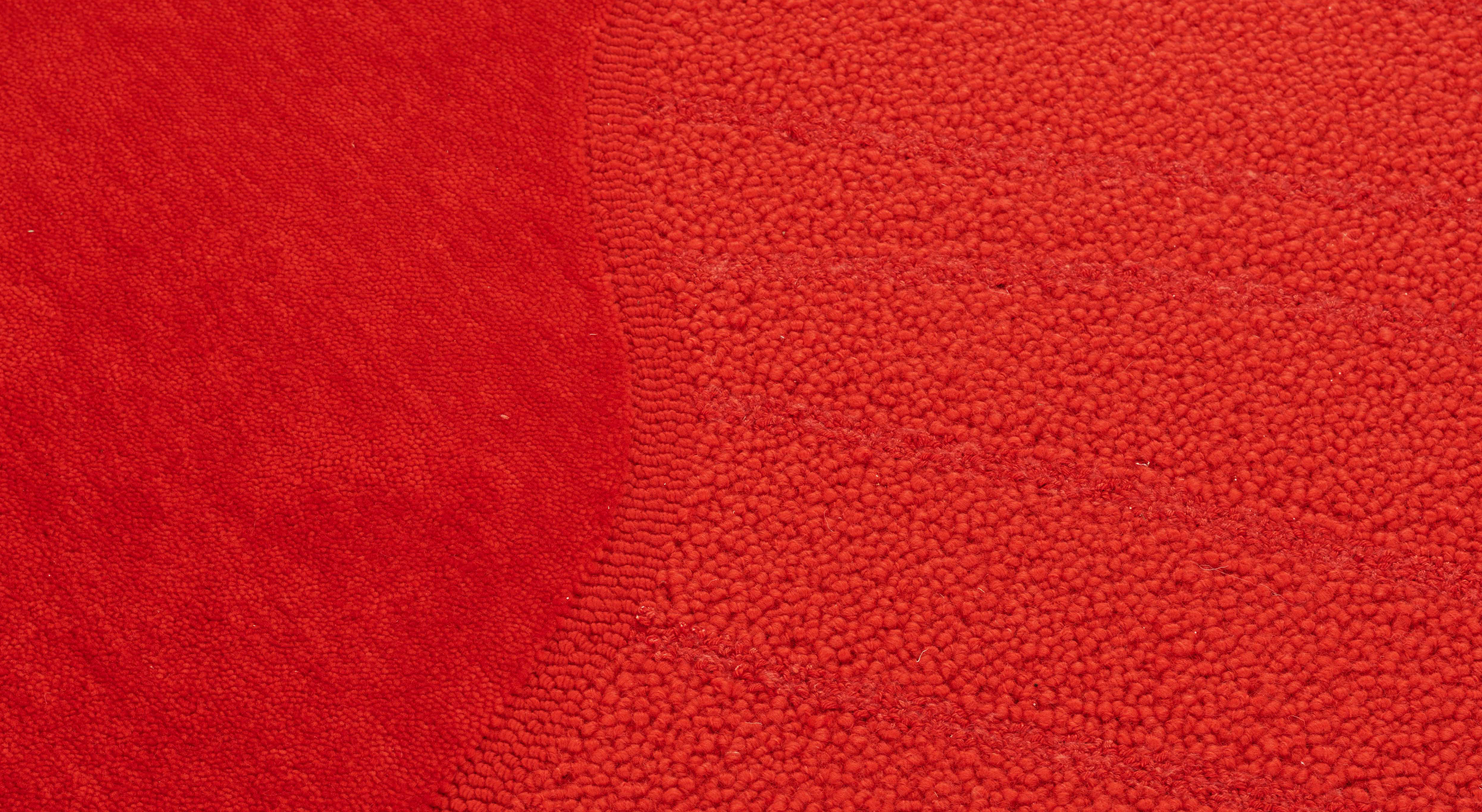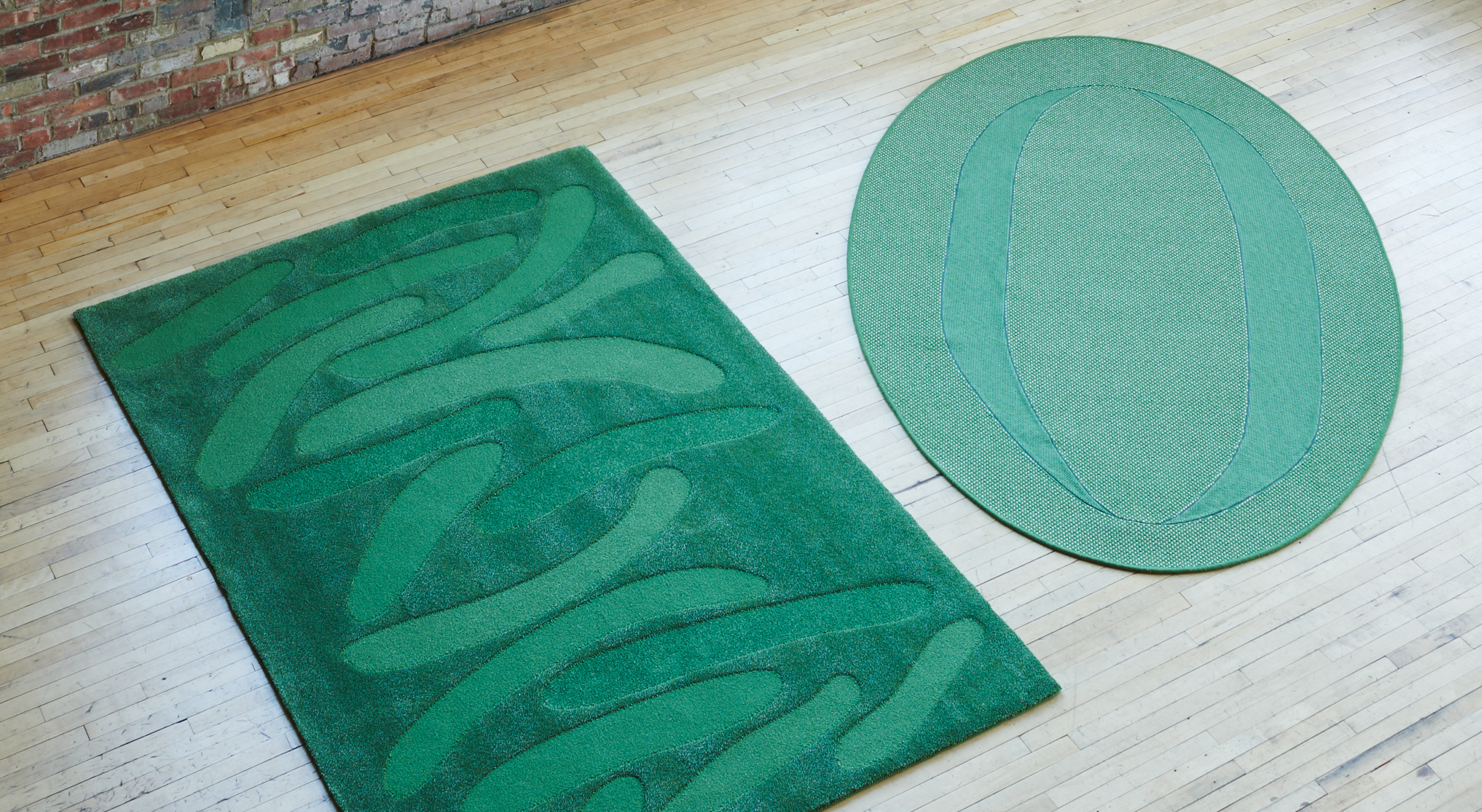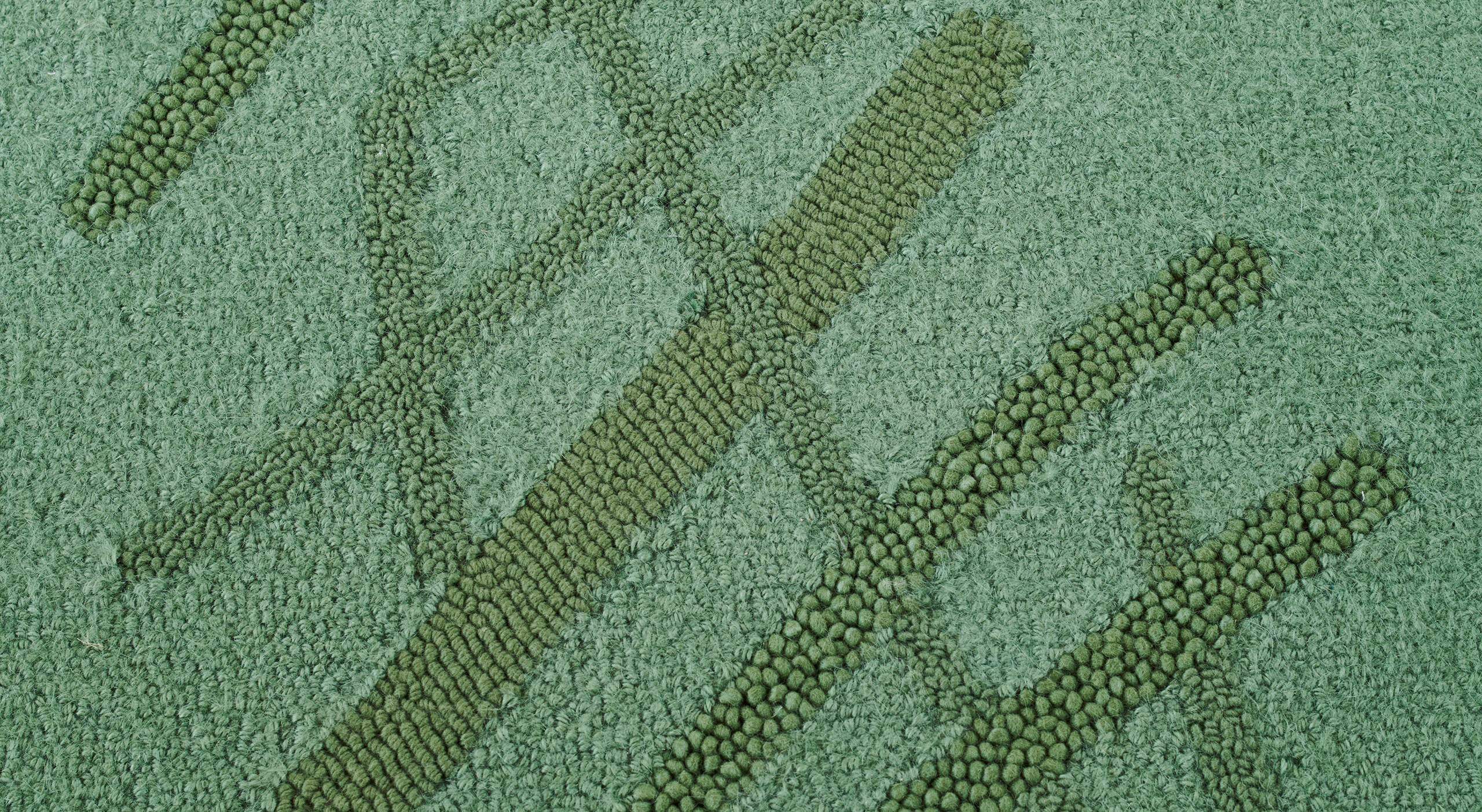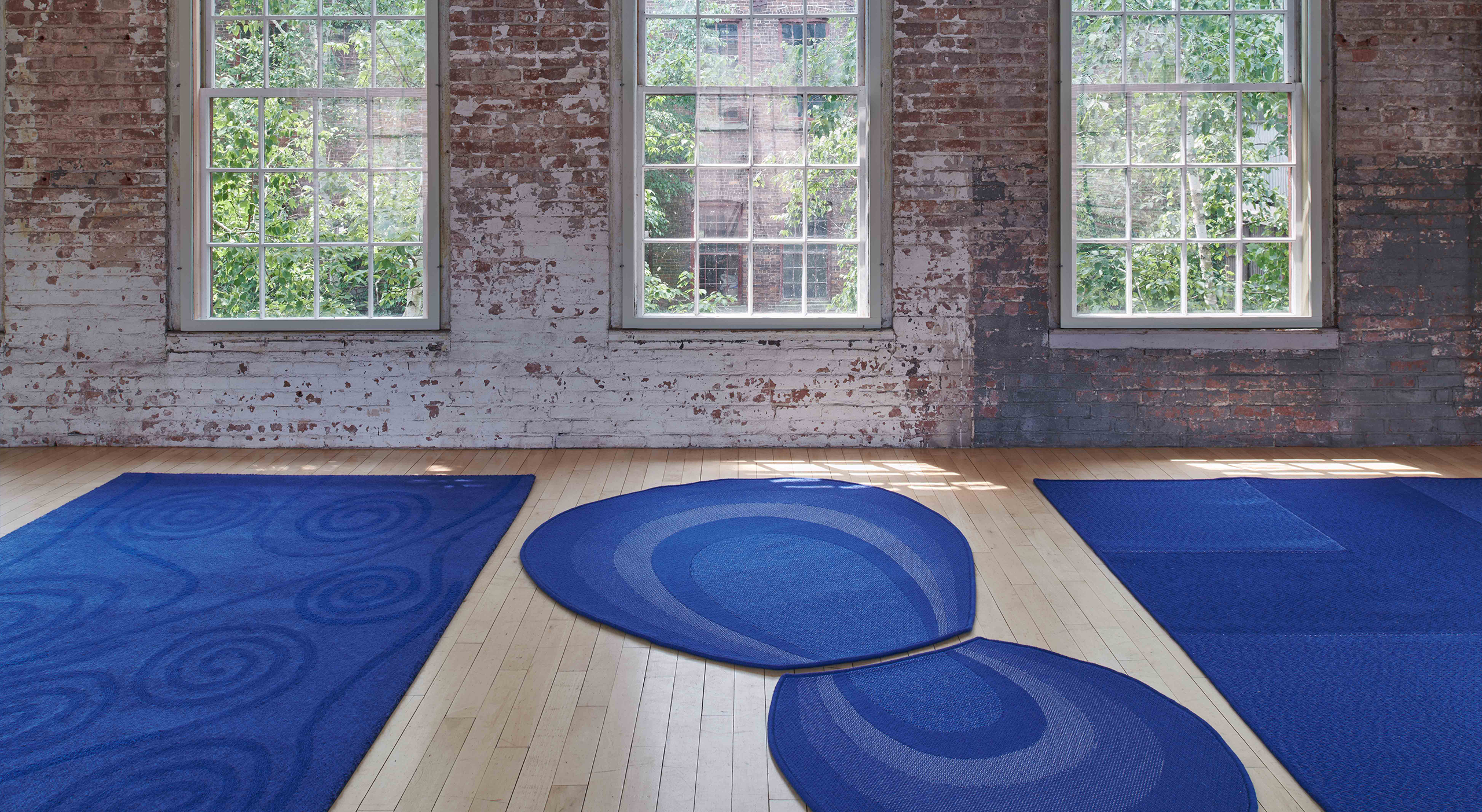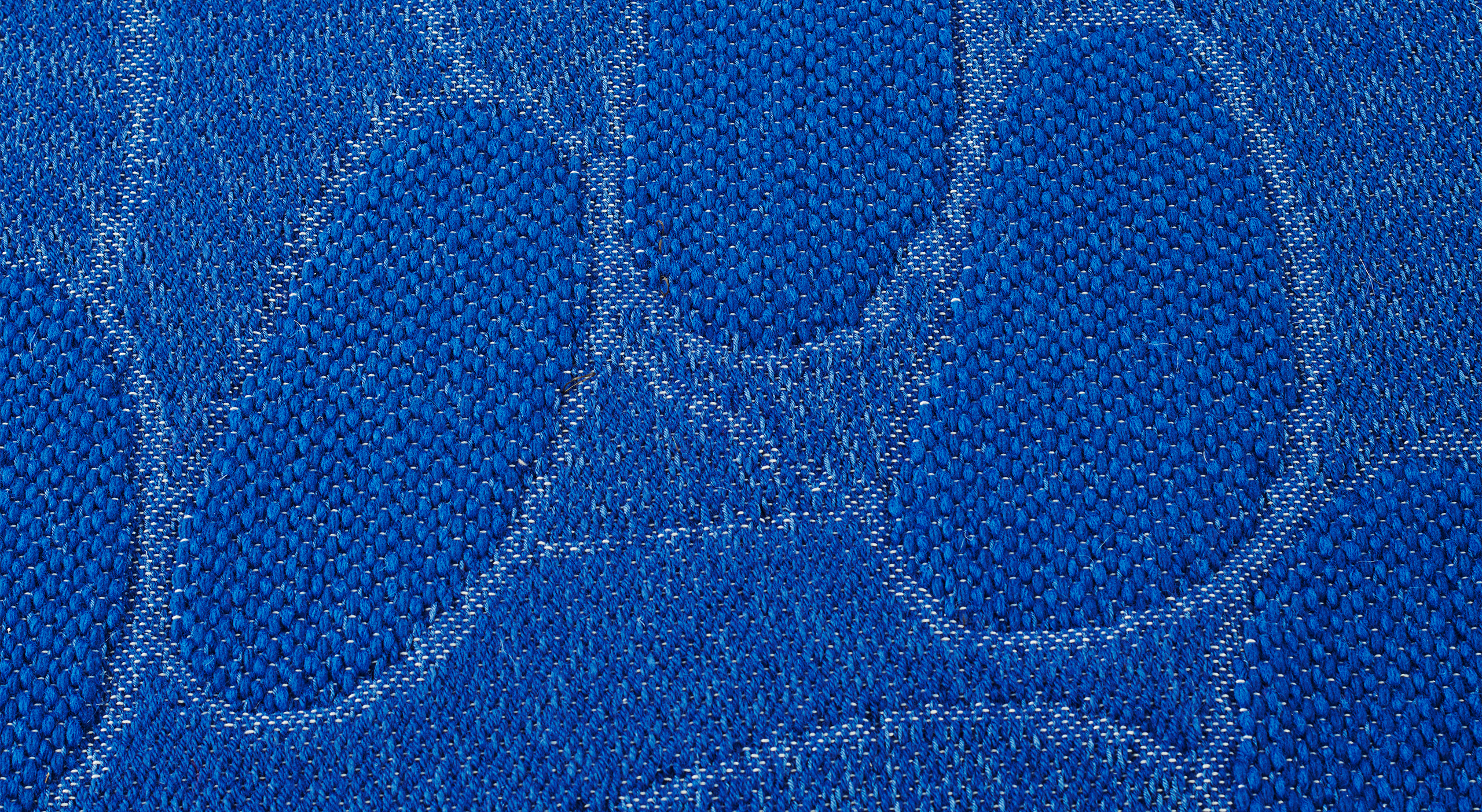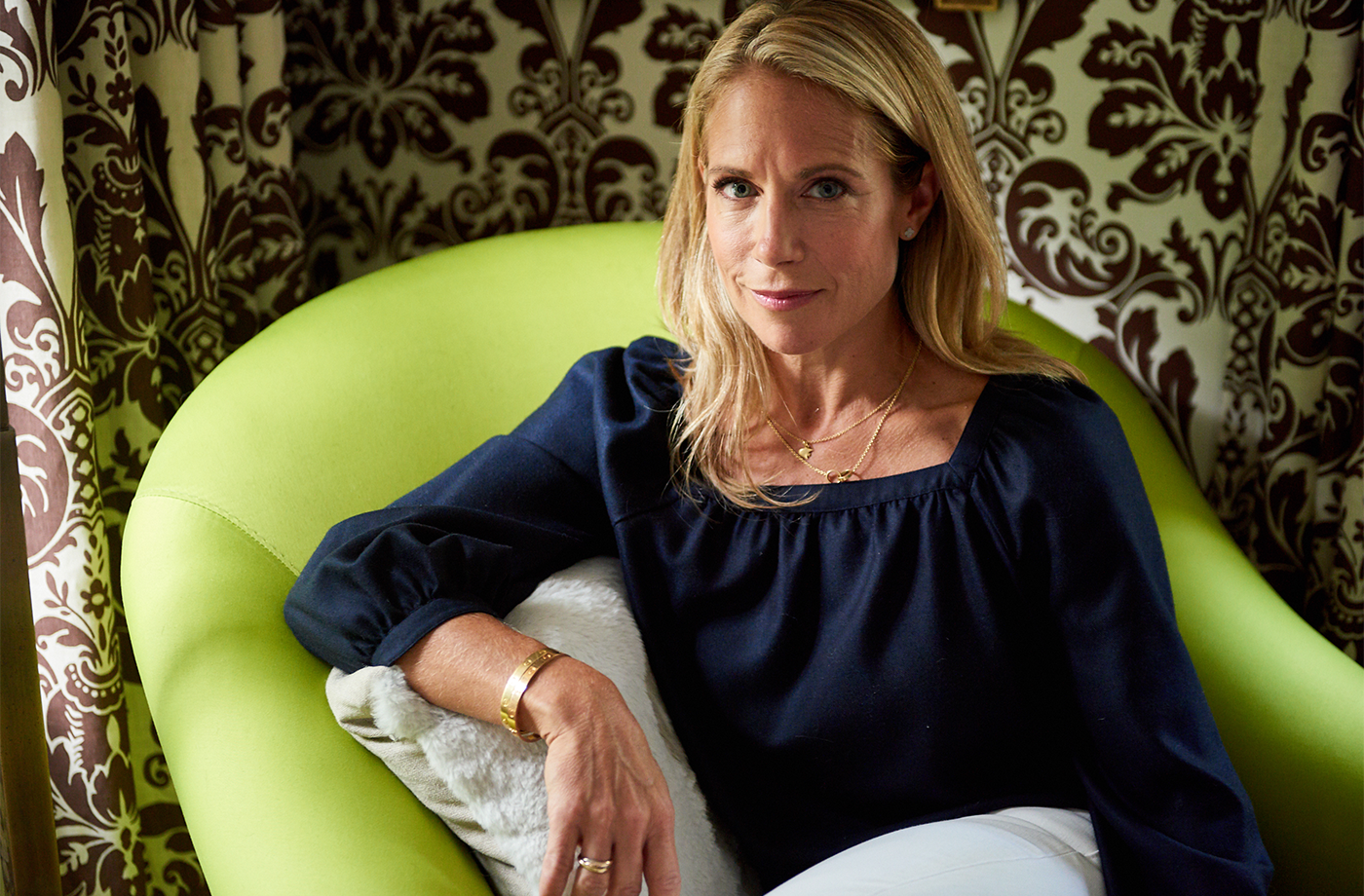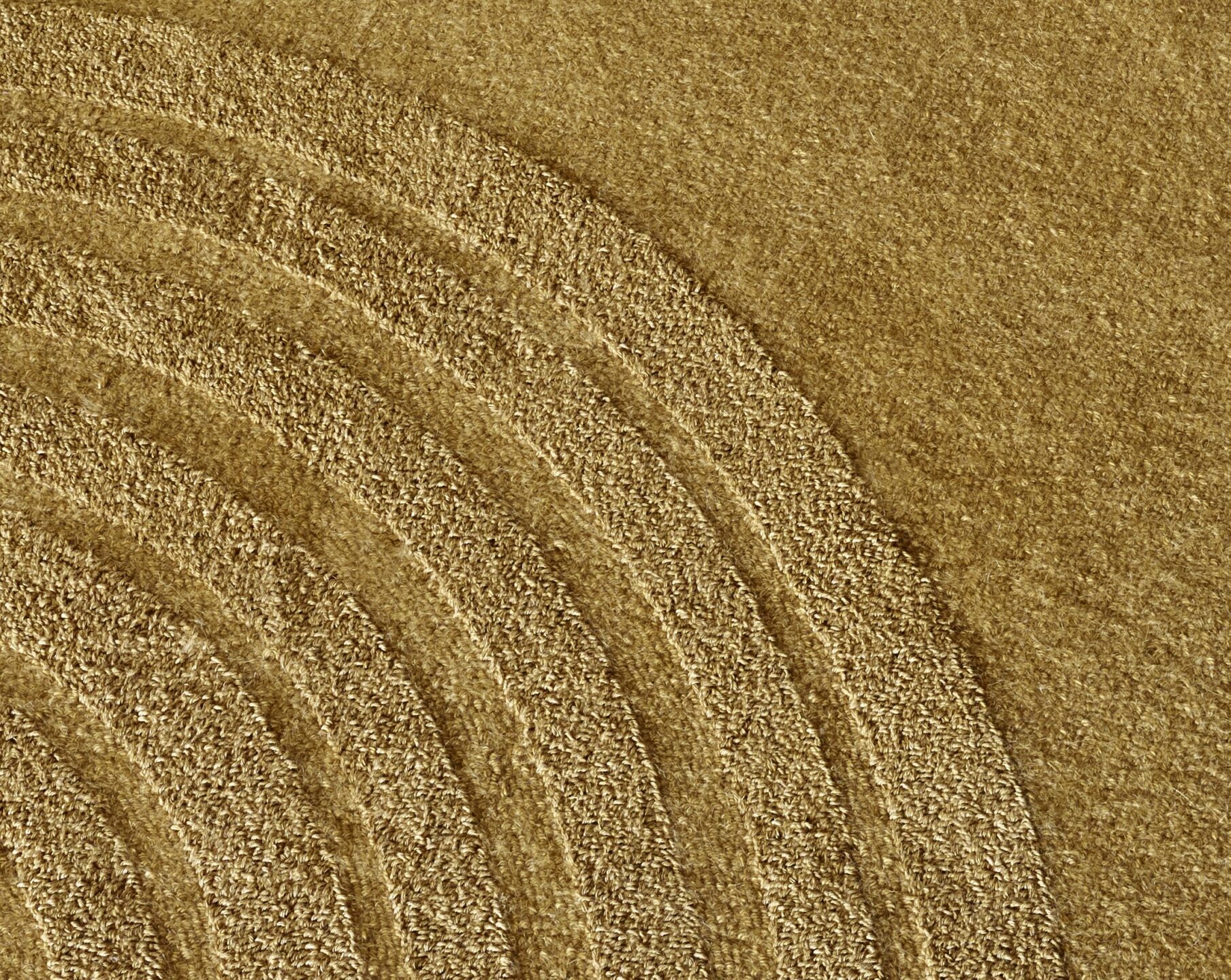The Outside Within
The grand gesture of the elements.
The reflection of the outside within.
I was thinking a lot about Land Art when making this collection because it’s a movement in many senses, and it relates to nature, so it relates to us. Our work so clearly aligns with this movement because it is all about transforming nature—using natural materials to shift your perspective, to create an experience, to connect you with yourself, and with the world around you.
In nature, you have different kinds of trees, plants, elements, and animals, and how they interact, how they communicate, through touch… creates a painting. They create a sculpture because of the interaction between them.
I like to create things that are complex but seem simple. It’s why I love Chopin’s music—it feels easy, and it’s so easy to connect to emotionally, but when you try to play it, it’s so difficult because of all of the nuances.
Land artists immersed themselves. Penone was touching trees, living with trees; Richard Long spent so much time in the woods; Andy Goldsworthy would surround himself with nature. On my farm, I put nature on a pedestal: what it is, how grand it is. I value that. And so did they.
My farm and my work are my way of thinking about nature as a masterpiece, as something that needs respect, and that we need to be grateful for… something that we need to worship. To me, worship is really the right word because the way I work, the way I create, is to worship beauty. And for me, nature it the biggest beauty. And this is not only seen in what we’re doing, either: it can be music, it can be painting, it can be sculpture, it can be cooking… it can be any of them. Somehow, all of these movements come back to nature. They all want to put their imprint on this grand piece of art. And that’s how I see myself.
In a way, it’s like a constant meditation on your relationship with nature, being in and outside of it. It grounds you, it humbles you; because nature is the great, big, powerful thing.
This is why we have these colors, as well. They are all related to the energy of nature. The power of water, the power of a volcano, how the lava starts from fire and transforms into different states, different colors, until it cools into the darkness of browns and grays. Fern is a small note about the many greens that layer in a forest, a meditation on how we lose the forest for the trees.
So they’re all emotion, but emotion that is linked to the power of nature.
Every moment you look out the window, you will see something different from second to second. There is always going to be this transience, but there is also going to be this energy constantly flowing from inside of you to outside of you, and outside of you to inside of you. It’s a conversation between your energy and nature’s. It’s all energy.
One thing I find so interesting about Land Art, as well as Arte Povera and other aptly named movements, is the play in their titles. The double meanings of them. With Arte Povera, I was inspired by the movement, but also the combination of poor and art—that there is no “poor art,” but all art is equal. Land and art, they go both ways.
In textiles, for me, every piece of textile is an architecture—and nature is an architecture, filled with layers, just like textiles and structures. The big trees layer with the medium trees, the moss layers with the loam… and all of this graduation is necessary for the cycle of life.
And the works in Land Art are the same: you can have a background of a floor, a background of the sky, a background of trees woven together. So with these pieces, you have different layers, and a different sense of vision, because it is not just a flat thing. It is not just viewed from one angle. It is a fully immersive piece; it cannot be separated from the nature that it is in, that it is both a part of and apart from.
That is why every piece in this collection is in dialogue with each other. There is not just one conversing with another, predetermined pairs… they are all in dialogue because in the end, it is an homage to Mother Nature. And Mother Nature cannot be separated out.

